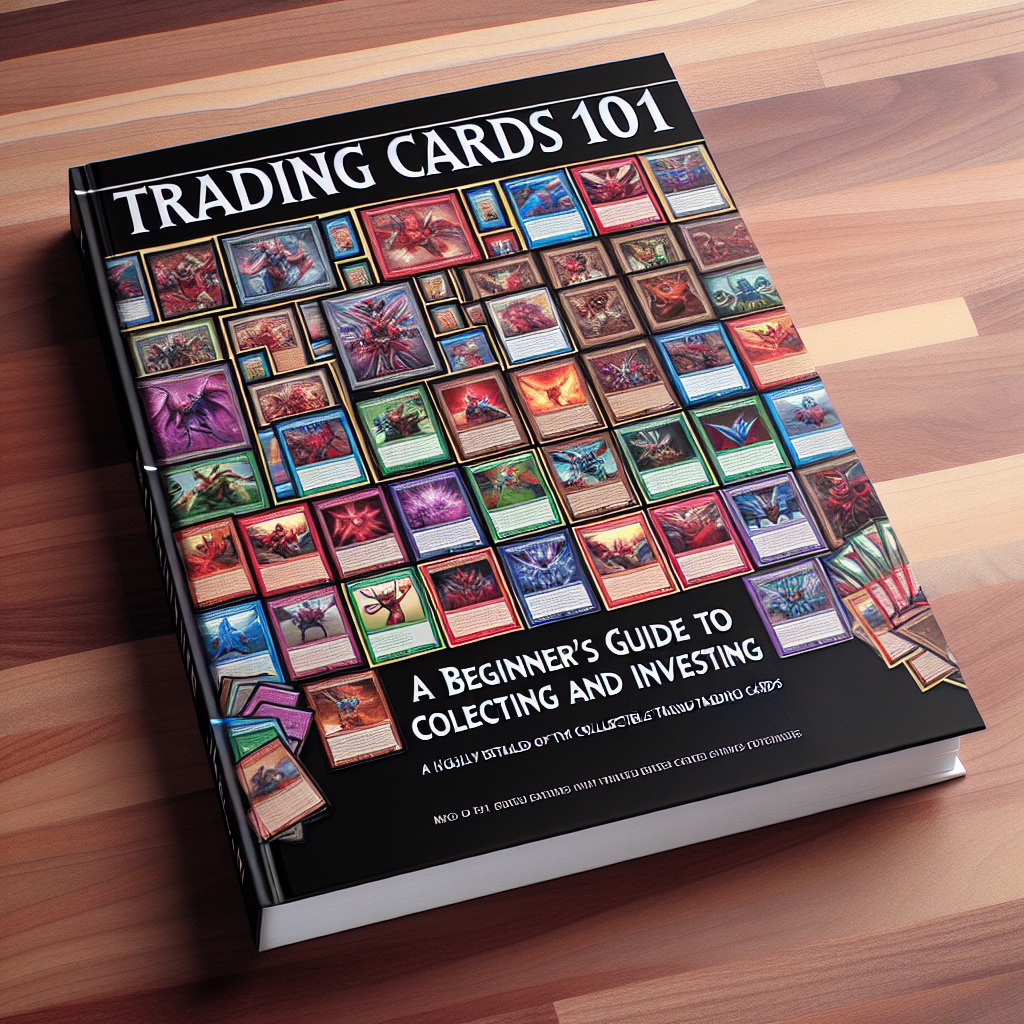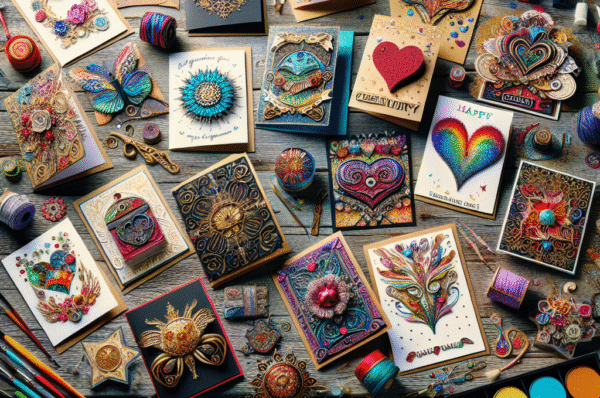The world of trading cards has evolved from a childhood hobby to a booming market, attracting both collectors and investors alike. Whether you’re nostalgic for your youth or seeking a profitable investment avenue, diving into the world of trading cards can be both rewarding and exciting. This guide will walk you through the basics of collecting and investing in trading cards, helping you make informed decisions as you embark on your journey.
Understanding Trading Cards
Trading cards have been around since the late 19th century, initially as promotional items for various products. Today, they span various genres including sports (like baseball, basketball, and football), entertainment (such as Pokémon, Yu-Gi-Oh!, and Magic: The Gathering), and many more. Each card usually features an image, a name, and relevant statistics or information about the subject, making them not only collectibles but also little pieces of art or history.
Types of Trading Cards
-
Sports Cards: These include player cards from various sports leagues and often have different variations such as rookie cards, autographed cards, and game-worn memorabilia cards.
-
Gaming Cards: These cards are typically used in trading card games (TCGs) and collectible card games (CCGs) where players build decks and compete against each other. Popular examples are Magic: The Gathering and Pokémon.
- Non-Sport Cards: These can feature anything from movie characters to comic book heroes and are often released as sets themed around franchises or pop culture events.
The Appeal of Collecting
Collectors often chase after cards for various reasons:
-
Nostalgia: Many collectors have fond memories of trading cards as children, linking them to cherished moments and friendships.
-
Community: The trading card hobby fosters a passionate community, showcasing collectors during events such as conventions or local meet-ups.
- Investment Potential: Rare cards can appreciate significantly in value, making collecting a potentially lucrative endeavor for some.
Getting Started with Collecting
Step 1: Research and Education
Understanding the market is key. Spend time researching the types of cards you’re interested in, studying their history, rarity, and current market value. Online resources, collector forums, and books can provide valuable insights.
Step 2: Set a Budget
Establishing a budget is crucial, especially if you’re also viewing cards as an investment. Decide how much you’re willing to spend and stick to it to avoid unnecessary financial strain.
Step 3: Start Small
Begin your collection with lower-cost cards to gain experience without a significant upfront investment. Once you get comfortable and knowledgeable, you can start looking for more valuable pieces.
Step 4: Join the Community
Engage with other collectors through online forums, local clubs, or social media groups. These platforms provide not only knowledge and tips but also potential trade opportunities and access to markets.
Step 5: Storage and Care
Properly storing your trading cards is essential to maintain their condition and value. Use protective sleeves and cases to prevent wear and tear, and keep them in a cool, dry place away from direct sunlight.
Investing in Trading Cards
Collecting cards is fun, but many see it as an investment opportunity as well. Here are some foundational tips:
Know Your Market
Stay updated with market trends, which can fluctuate based on the performance of players (in sports cards) or popularity of particular series (in gaming and non-sport cards). Websites like Beckett and PSA can provide insights and pricing guides.
Identify Key Cards
Determine which cards have the most potential for appreciation. Rookie cards, limited editions, autographed cards, and cards graded by professional services often hold significant value.
Grading Services
Consider having your cards graded by professional services such as PSA or Beckett. A higher grade can substantially increase a card’s value, so if you possess a rare card, grading might be a worthwhile investment.
Diversify Your Collection
Just like other investments, diversifying your card collection can help mitigate risk. Don’t invest all your resources into one player or card type; explore various sports, genres, and eras.
Buy and Sell Strategically
There are various platforms, from online marketplaces to local trading groups, where you can buy and sell cards. Always be aware of market trends, and sell at the right time to maximize profits.
Conclusion
Trading cards can serve as both a nostalgic pastime and an investment opportunity. By taking the time to educate yourself, join the community, and engage with the market, you can embark on a successful journey in collecting and investing in trading cards. Whether you’re looking to relive your childhood or explore a new avenue of investment, the world of trading cards has something for everyone. Happy collecting!




